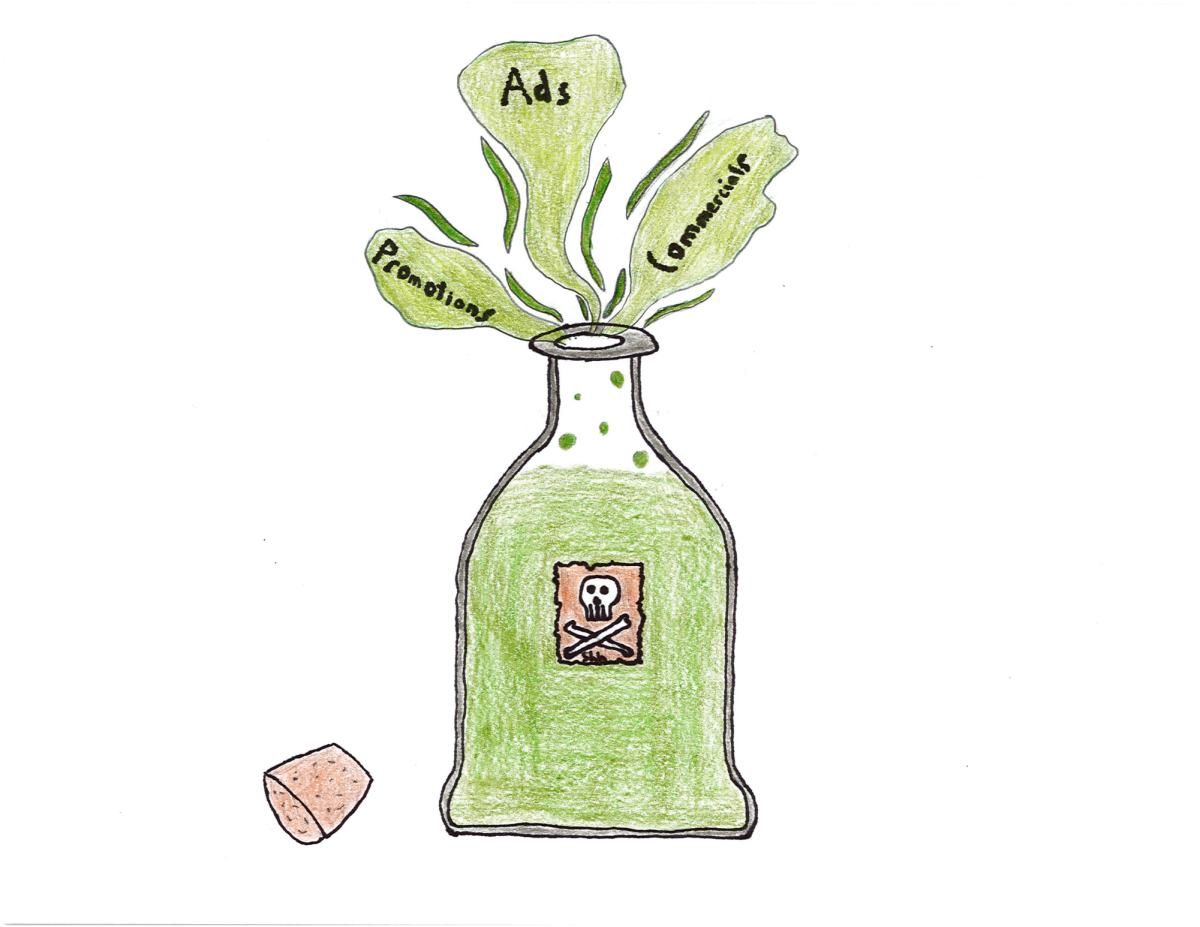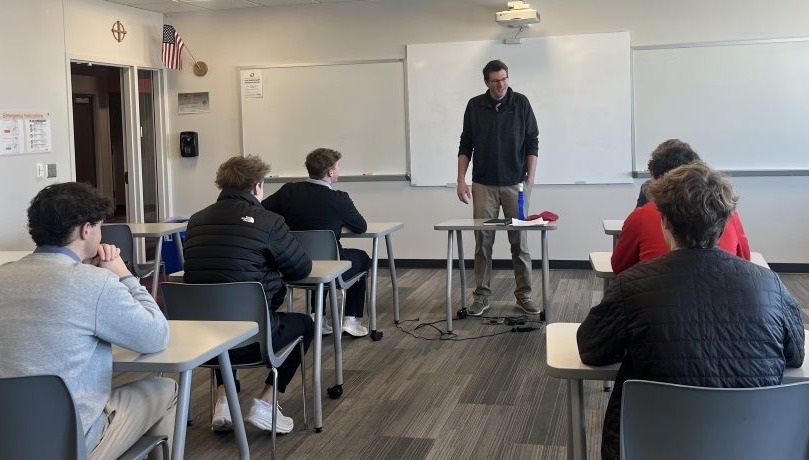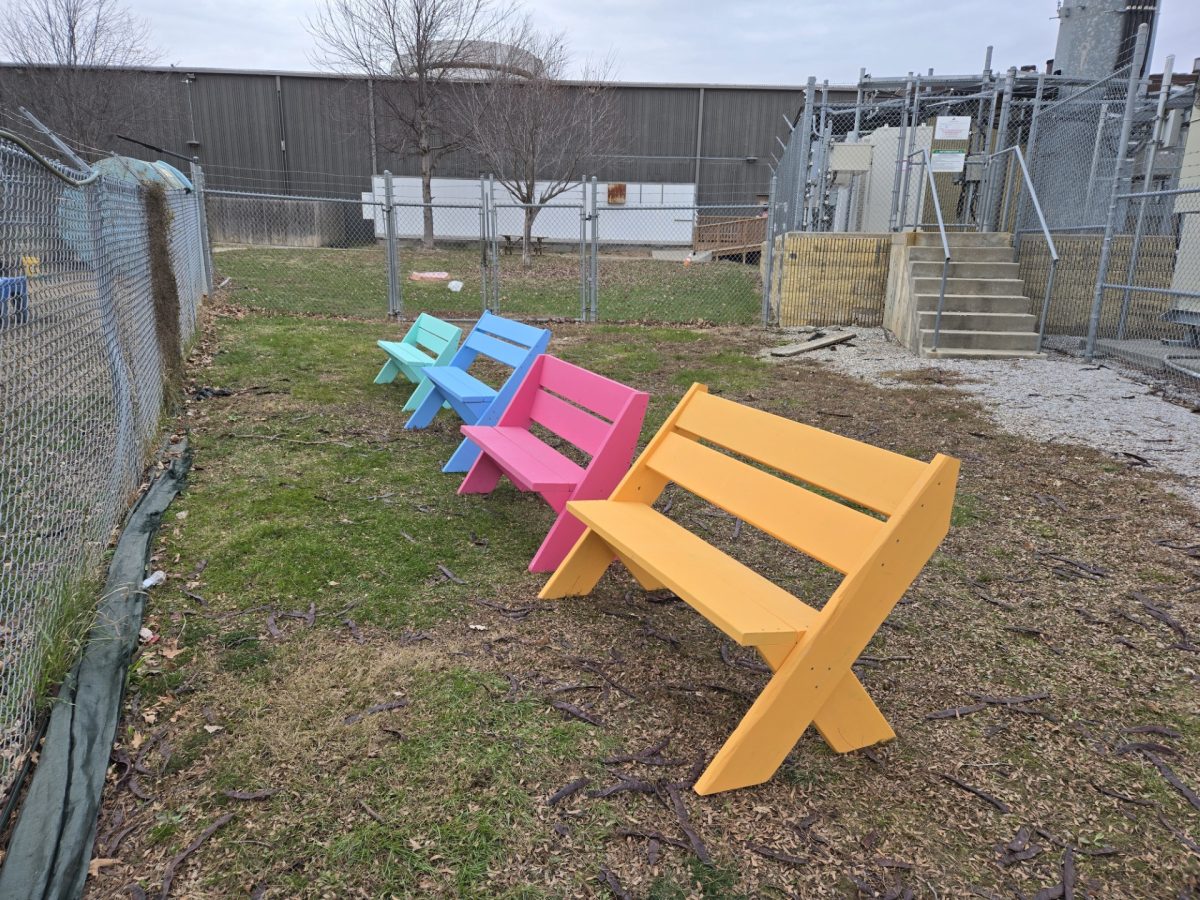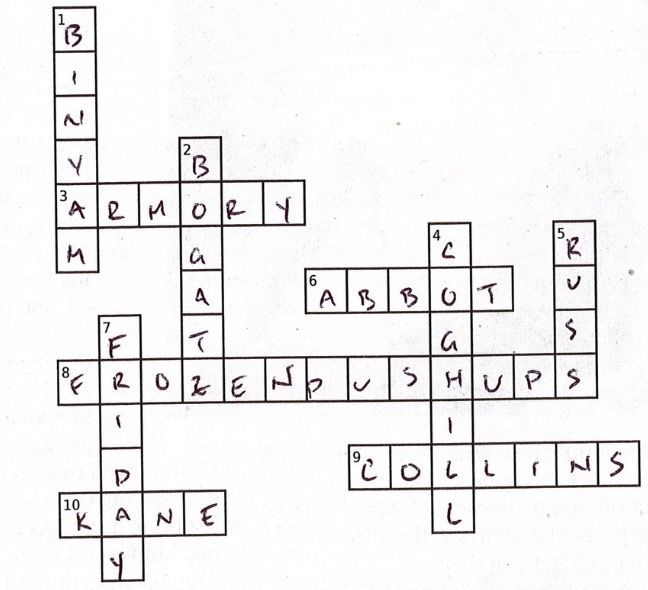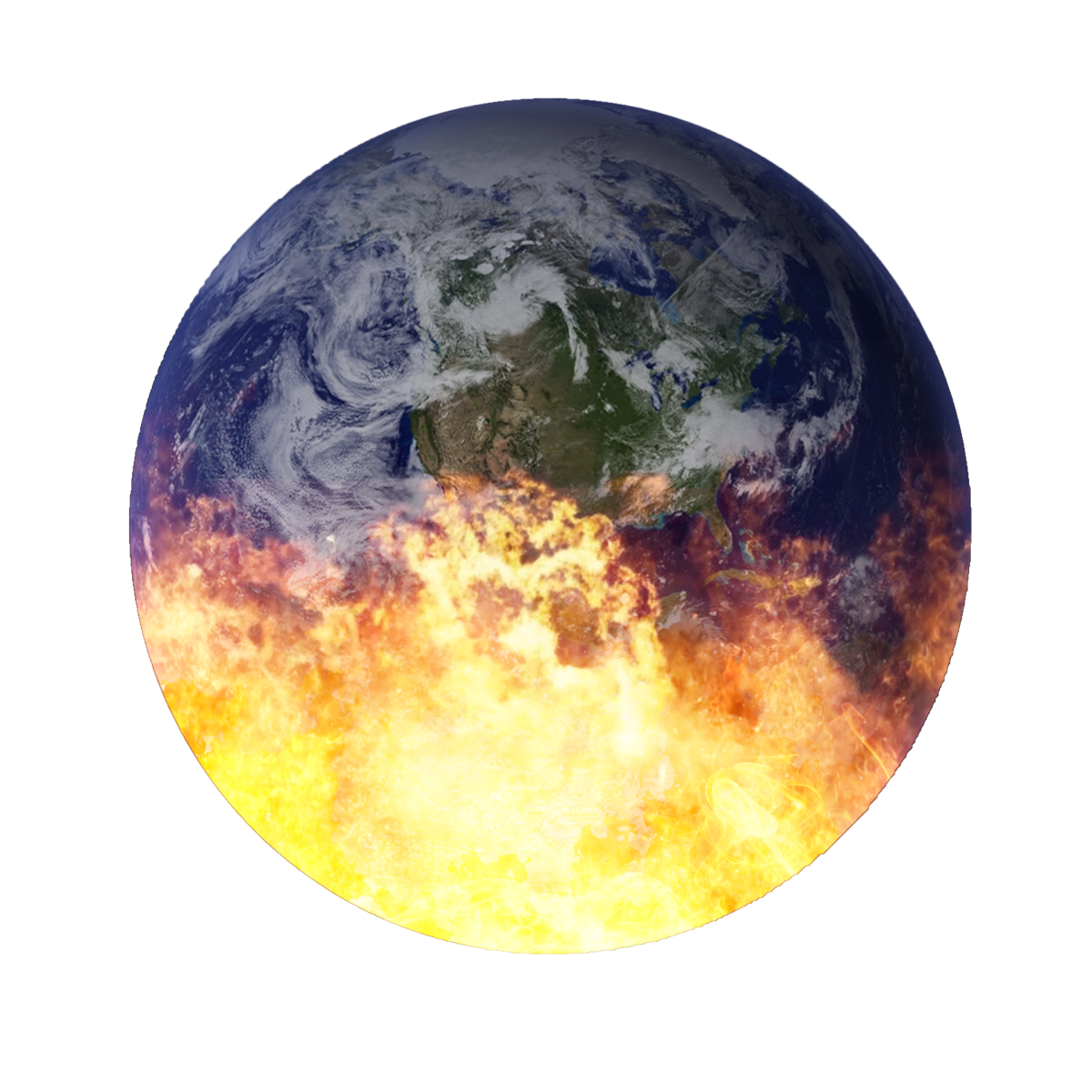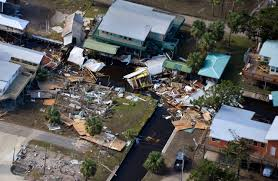Throughout August, The United States was hit by a few natural disasters. There was a massive wildfire that caused severe damage to many parts of Hawaii. There was a hurricane that hit the southeastern part of the United States. These natural disasters have cost the U.S. millions of dollars in relief funds.
In August, a fire broke out when a utility pole snapped and ignited the grass near the pole. With high winds the fire and smoke spread very quickly for over 2,170 acres causing millions to flee from their homes. About 2,000 buildings were destroyed with 80 percent being residential areas. The estimated cost for reconstruction is 5.52 billion dollars. So far there have been over 150 confirmed deaths and over 350 people still missing.
The search and recovery teams have almost completed their work. Specialized personnel armed with cadaver dogs have worked for weeks to comb through the remains of burned down structures. With there being toxic debris and mountains of ash, the authorities are now turning their attention to the toxic debris and mountains of ash.
The push to approve funding for Hawaii intensified on August 29 when FEMA (Federal Emergency Management Agency) Administrator Deanne Criswell announced that the agency’s Disaster Relief Fund has a balance of just $3.4 billion. Meaning, there is a risk of running out of relief funds by the end of September. The U.S. Department of Labor announced that they are giving Hawaii a total of 10.5 million dollars for recovery. As soon as the fire began, the Red Cross sent down members of their team to help. There are currently more than 650 members helping within the state and online. They have sent up an assistance center which has provided over 230,000 meals and snacks.
On August 30 Hurricane Idalia made landfall in Florida, it became the eighth largest hurricane to hit the Gulf Coast in a time span of six years. It made landfall as a category 3 storm and had winds up to 125 mph. As it crossed through Georgia, the winds lowered to 90 mph and later weakened to a tropical storm with 60 mph winds. The high velocity winds tore off roofs, shredded signs, and snapped and uprooted trees. Also, rushing water covered streets near the coast, unmoored small boats and nearly a million customers in Florida and Georgia lost power. The heavy rain partially flooded Interstate 275 in Tampa, while the wind knocked over power lines on Interstate 75 in Georgia
Florida had feared the worst while still recovering from last year’s Hurricane Ian, which hit the heavily populated Fort Myers area, leaving 149 dead in the state. Unlike that storm, Idalia blew into a very lightly inhabited area known as Florida’s “nature coast,” one of the state’s most rural regions that lies far from crowded metropolises or busy tourist areas and features millions of acres of undeveloped land. There is only one confirmed death in Georgia and zero in Florida.





